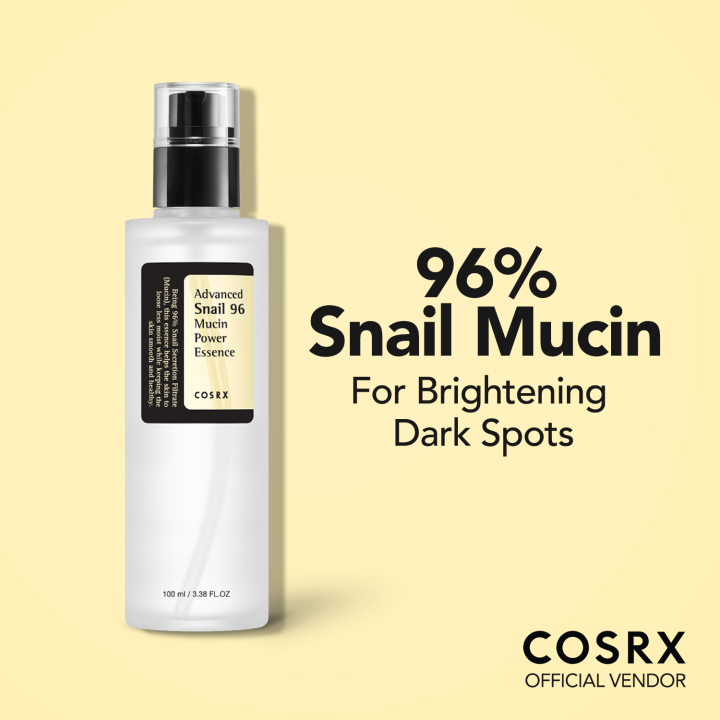5 Must-Have Ingredients for Glowing, Healthy Skin
Okay, confession time. I used to be that person who bought skincare products based on pretty packaging and influencer recommendations. My bathroom looked like a Sephora exploded, but my skin? Still looked tired and blah.
Then I had my lightbulb moment during a particularly expensive dermatologist visit. She basically told me to stop chasing trends and focus on ingredients thatactually do something. "Most people overcomplicate skincare," she said. "Find 5 good ingredients and stick with them."
Best $200 I ever spent (even though it stung at the time).
So here's what I've learned after three years of ingredient-focused skincare, way too much research, and honestly, some trial and error that wasn't pretty...
Why Ingredients Matter More Than Brand Names
Here's the thing nobody talks about: that $80 "luxury" serum might have the exact same active ingredients as a $15 drugstore option. The difference? Marketing budget.
I learned this the hard way when I realized my expensive Vitamin C serum had the same concentration as The Ordinary's version that costs literally 1/4 the price. Same results, way less damage to my wallet.
Real talk: Once I started reading ingredient lists instead of believing marketing claims, my skin improved AND my skincare budget went from embarrassing to reasonable.
Vitamin C: The Overachiever That Lives Up to the Hype

What it actually does: Fades dark spots, brightens dull skin, helps with collagen production
My experience: ⭐⭐⭐⭐⭐ 5/5 (when used correctly)
I was skeptical of Vitamin C for the longest time because my first attempt was a disaster. Used a 20% concentration right off the bat and my face looked like I'd been sunburned. Not cute.
The learning curve: Start low (10%) and work your way up. Also, the form matters. L-Ascorbic Acid is the most potent but can be irritating. Magnesium Ascorbyl Phosphate is gentler if you have sensitive skin.
What actually happened to my skin:
- Week 1-2: Nothing dramatic, maybe slightly brighter
- Week 4: Started noticing my acne scars fading
- Month 3: People started asking if I was using a new foundation (I wasn't)
- 6 months: My skin tone was noticeably more even
My current go-to: Skinceuticals CE Ferulic when I'm feeling fancy, The Ordinary Ascorbic Acid 8% + Alpha Arbutin 2% for everyday. Both work, one just costs way more.
Storage reality check: Keep it in the fridge. Seriously. I've wasted so much money on oxidized (brown/orange) Vitamin C serums because I left them on my bathroom counter.
Best for: Anyone with dark spots, dull skin, or sun damage. Skip if you're dealing with active breakouts (it can be irritating).
Hyaluronic Acid: The Drink of Water Your Skin Actually Needs
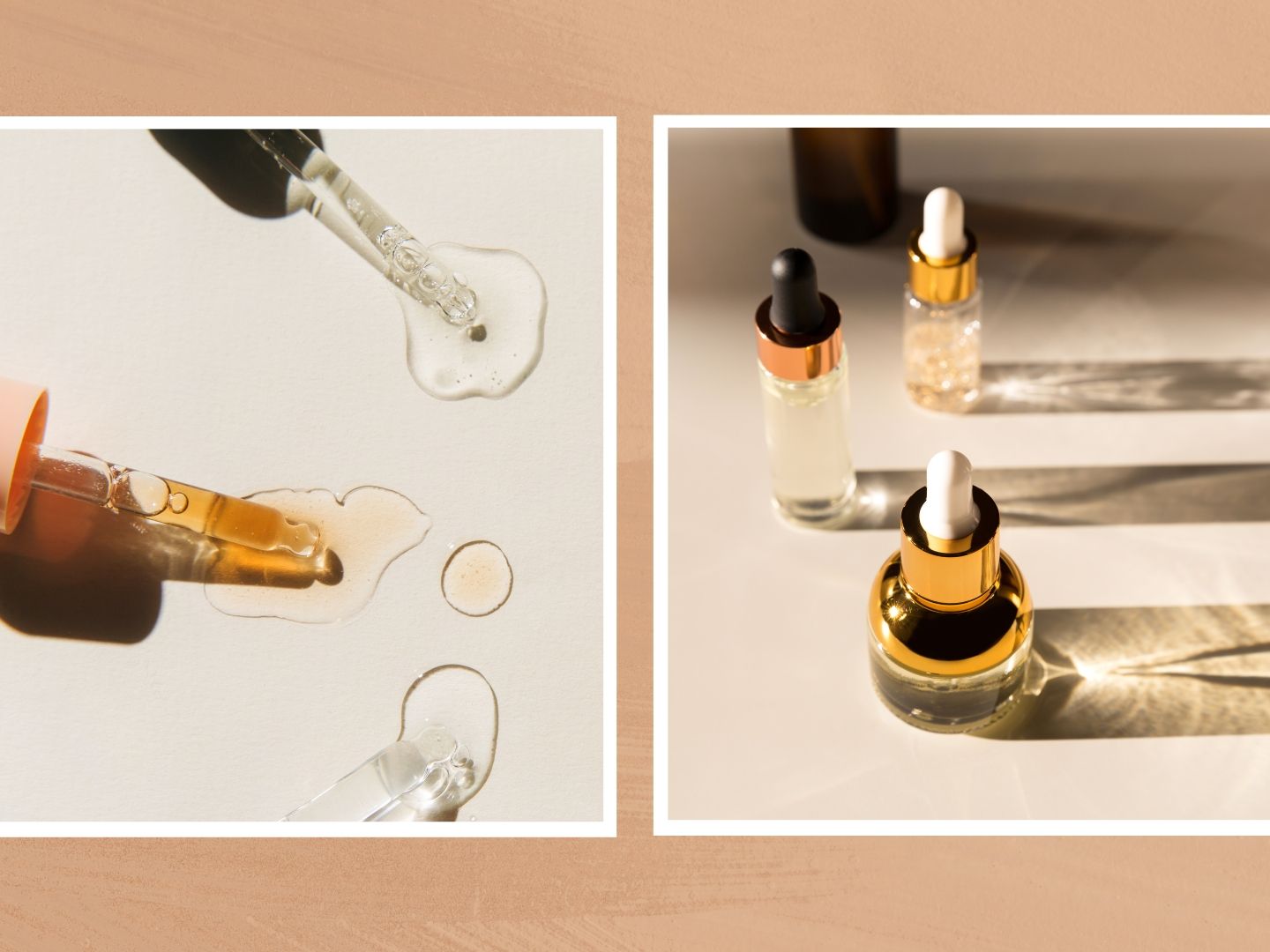
What it does: Holds up to 1000x its weight in water, plumps skin
My rating: ⭐⭐⭐⭐⭐ 5/5 (impossible to mess up)
This ingredient is basically foolproof, which is why I love recommending it to skincare beginners. I've never met anyone whose skin got worse from hyaluronic acid.
The plot twist: It's not actually an acid. The name is misleading. It's more like a moisture magnet that pulls water into your skin.
How I use it: On damp skin (this is crucial), then immediately follow with moisturizer. The damp skin part took me forever to figure out, but it makes such a difference.
What it fixed for me: Those fine lines around my eyes that I was convinced were permanent? Mostly gone. Turns out they were just dehydration lines, not actual wrinkles.
Budget vs. splurge: Honestly, they all work pretty similarly. I've used everything from The Ordinary's $7 version to $60 luxury serums. The expensive ones feel nicer going on, but the results are basically the same.
Pro tip I wish I'd known sooner: Layer it. One layer, let it absorb, add another if your skin is really thirsty. Works better than using a ton at once.
Perfect for: Literally everyone. Oily skin, dry skin, sensitive skin - it works for all.
Niacinamide: The Multitasker That Does Everything

What it handles: Oil control, pore size, redness, texture
My rating: ⭐⭐⭐⭐ 4/5 (amazing when you find the right concentration)
This ingredient had a rough start in my routine. I jumped straight to The Ordinary's 10% concentration because more is better, right? Wrong. My skin freaked out - increased redness, weird texture, just not good.
The concentration game: Most people do better with 5% or less. The 10% formulas are popular because they sound impressive, but they're often too strong for daily use.
What it actually did for my skin:
- Reduced the size of my pores (they're still there, but less noticeable)
- Controlled oil in my T-zone without making my cheeks dry
- Calmed down the redness I always get after cleansing
- Made my skin texture smoother overall
Current routine: I use Paula's Choice 20% Niacinamide Treatment (sounds high but it's a different formula) twice a week, and a 5% daily serum from Good Molecules.
Mixing reality: Despite what you might read online, it plays well with other ingredients. I use it with Vitamin C, retinol, everything. No issues.
Best for: Anyone with oily or combination skin, large-looking pores, or redness issues.
Retinol: The Ingredient That Actually Turns Back Time
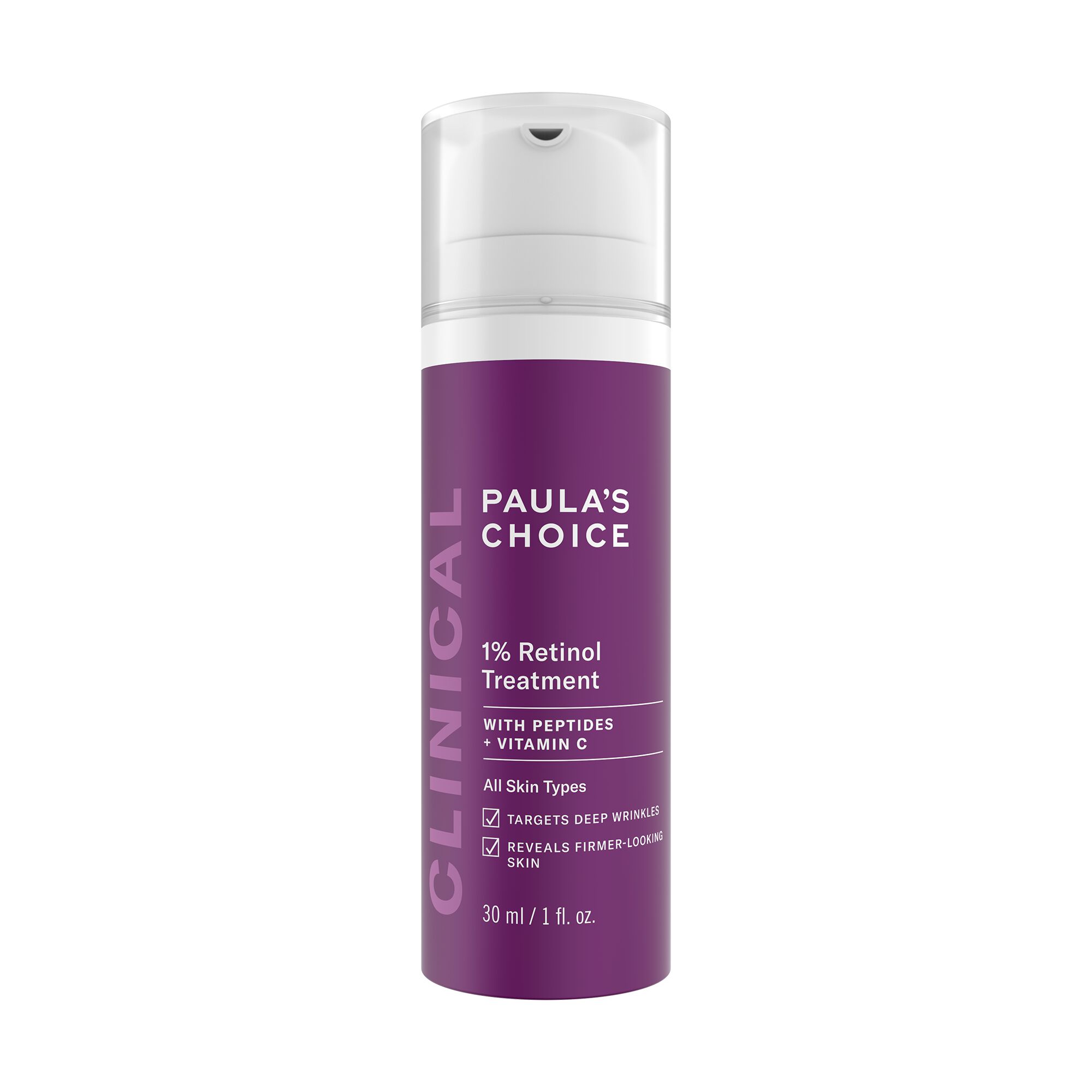
What it does: Cell turnover, collagen production, acne treatment, anti-aging
My rating: ⭐⭐⭐⭐⭐ 5/5 (but requires patience and respect)
Let me be real - retinol is not for the impatient. It took me about 6 months to see the anti-aging benefits everyone raves about. But when it kicked in? Game changer.
My retinol journey (the ugly truth):
- Month 1: Peeling, redness, looked worse than when I started
- Month 2: Still peeling but less angry
- Month 3: Skin started looking smoother
- Month 6: Fine lines around my eyes were noticeably reduced
- Year 1: My skin texture was completely different (in the best way)
The key lessons:
- Start with 0.25% or 0.5%, not higher
- Use only at night
- Always, ALWAYS use sunscreen the next day
- Don't use it every night at first - 2-3x per week max
- Moisturize like your life depends on it
Product progression: Started with The Inkey List Retinol Eye Cream (gentle), moved to Differin Gel (adapalene, technically a retinoid), now using tretinoin from my dermatologist.
Reality check: The first few months are rough. Your skin will look worse before it looks better. But if you can push through the "retinol uglies," the results are worth it.
Skip if: You're pregnant, breastfeeding, or can't commit to daily sunscreen use.
Ceramides: The Unsung Hero of Healthy Skin

What they do: Strengthen skin barrier, prevent moisture loss
My rating: ⭐⭐⭐⭐ 4/5 (subtle but essential)
Ceramides are like the boring friend who's actually the most reliable. They don't give you instant gratification like other ingredients, but they're doing important work behind the scenes.
Why I started using them: My skin was constantly irritated from all the actives I was using. My dermatologist suggested adding ceramides to help repair my moisture barrier.
What changed: My skin became less reactive overall. Products that used to sting didn't anymore. My makeup went on smoother. Nothing dramatic, just... better.
How I use them: Mostly in my moisturizer (CeraVe PM Facial Moisturizing Lotion is my ride-or-die), but also in some serums.
The boring truth: You probably won't notice ceramides working the way you notice Vitamin C or retinol. But your skin will be healthier and more resilient.
Essential for: Anyone using strong actives, people with sensitive or damaged skin, or if you live in a harsh climate.
My Current Routine (After 3 Years of Experimenting)
Morning:
- Gentle cleanser
- Hyaluronic acid serum on damp skin
- Vitamin C serum (every other day)
- Niacinamide serum (when not using Vitamin C)
- Ceramide moisturizer
- SPF 30+ sunscreen
Evening:
- Double cleanse if I wore makeup
- Hyaluronic acid serum
- Retinol (3x per week)
- Ceramide night moisturizer
Weekly:
- AHA exfoliant (1-2x per week, not on retinol nights)
The Products That Actually Work (And Some That Don't)
Winners I Keep Repurchasing:
CeraVe PM Facial Moisturizing Lotion (~$13)
- Ceramides + niacinamide + hyaluronic acid
- Works for literally everyone I've recommended it to
- Doesn't break me out despite being fairly rich
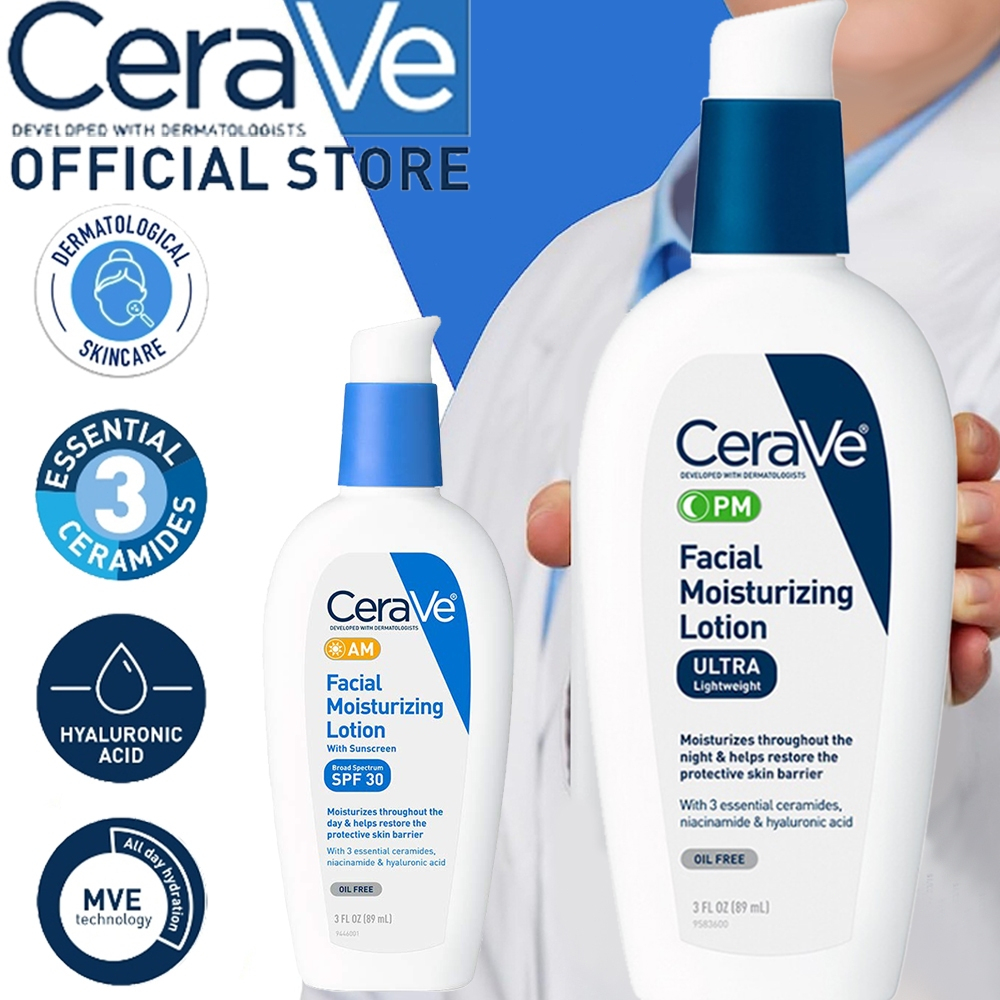
The Ordinary Hyaluronic Acid 2% + B5 (~$7)
- Best bang for your buck
- Simple formula that just works
- Lasted me 6 months with daily use

Good Molecules Hyaluronic Acid Serum (~$6)
- Even cheaper alternative that works just as well
- Available at Ulta, which is convenient

Skinceuticals CE Ferulic (~$166)
- Expensive but worth it for Vitamin C
- Most stable formula I've found
- Lasts 6+ months, so cost per use isn't terrible
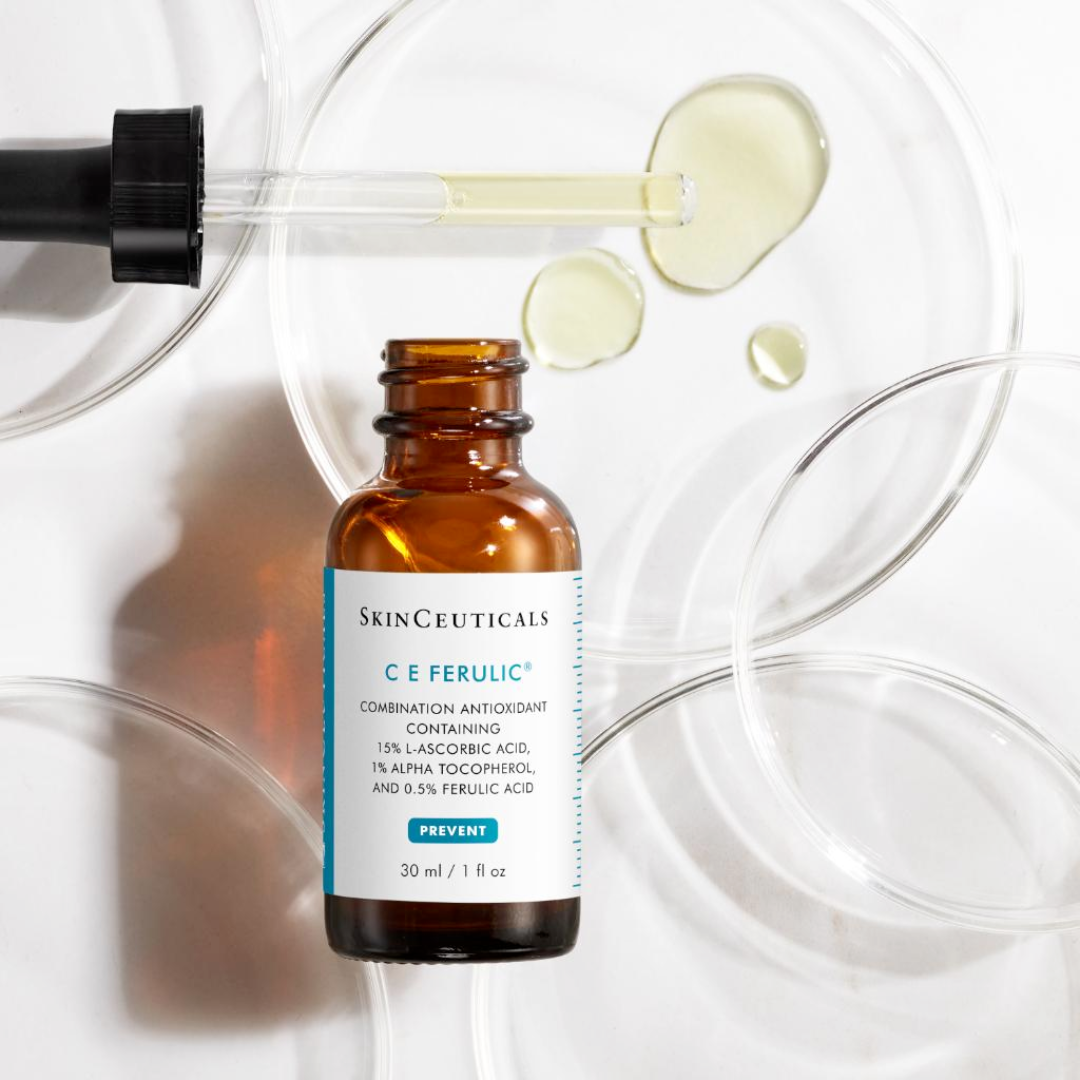
Budget Alternatives That Surprised Me:
Mad Hippie Vitamin C Serum (~$34)
- Great alternative to Skinceuticals
- More stable than most drugstore options
- Good for sensitive skin

The Inkey List Retinol Eye Cream (~$10)
- Perfect for retinol beginners
- Gentle enough for eye area
- Good way to test tolerance before stronger products
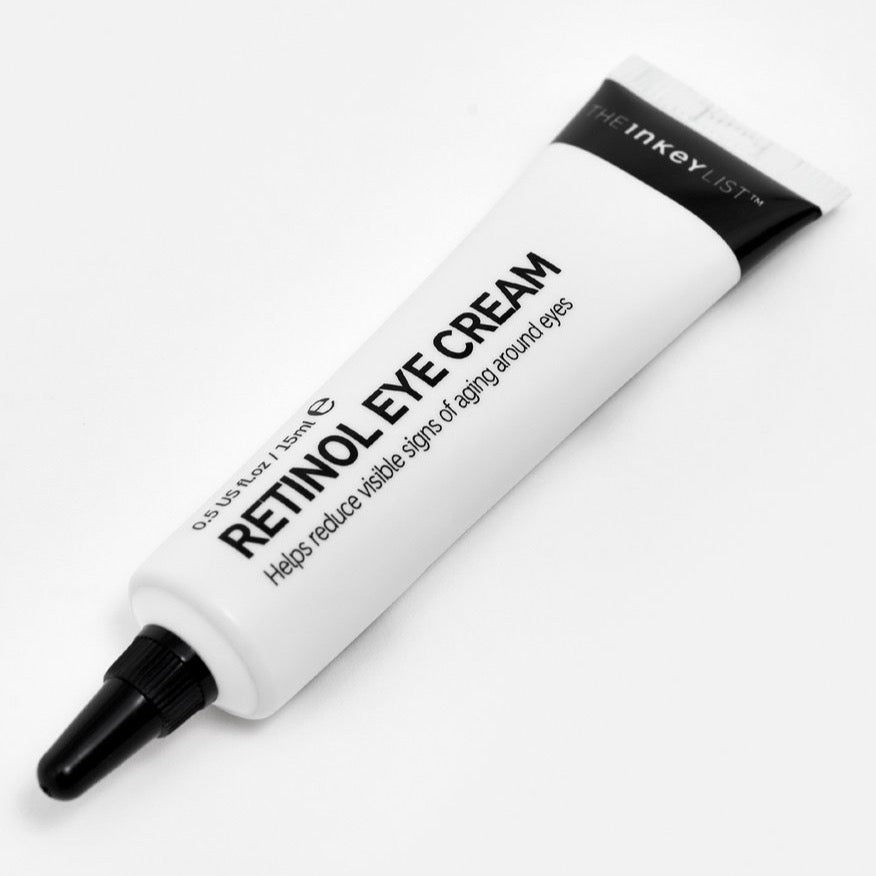
Products That Didn't Work For Me:
The Ordinary Niacinamide 10% + Zinc 1%
- Too strong, caused irritation
- Popular but not suitable for sensitive skin
- 5% formulas work better for most people
.webp)
Drunk Elephant C-Firma Day Serum
- Oxidized quickly despite proper storage
- Too expensive for the short shelf life
- Caused breakouts (might be the ferulic acid)

Real Talk: What to Expect Timeline-Wise
Week 1-2: Possible irritation if you're new to actives, slight plumping from hyaluronic acid
Month 1: Skin texture might improve, less noticeable with gentle ingredients
Month 3: This is when the magic starts - reduced dark spots, smoother texture, fewer breakouts
Month 6: Significant improvement in overall skin quality, fine lines, tone evenness Year 1+: Your skin will look noticeably different from when you started
The patience factor: I know it's frustrating, but skincare is a marathon, not a sprint. The products that promise overnight results usually don't deliver long-term benefits.
Common Mistakes I Made (So You Don't Have To)
Using too many actives at once: Started with Vitamin C, retinol, AND AHA all in the same week. My skin barrier was destroyed.
Skipping moisturizer with oily skin: Thought it would make me more oily. Actually made my skin produce MORE oil to compensate.
Not using sunscreen consistently: All the anti-aging ingredients in the world won't help if you're getting sun damage daily.
Expecting immediate results: Got discouraged when I didn't see changes in 2 weeks and kept switching products.
Ignoring my skin's reactions: Pushed through irritation thinking it was "purging" when it was actually damage.
Final Thoughts: Keep It Simple, Keep It Consistent
After trying probably 100+ products over the years, I've learned that a simple routine with good ingredients beats a complicated routine with mediocre products every time.
These 5 ingredients - Vitamin C, hyaluronic acid, niacinamide, retinol, and ceramides - cover all the bases: hydration, protection, anti-aging, and skin barrier health.
Start with one. Don't try to overhaul your entire routine overnight. Add one new ingredient every 4-6 weeks and see how your skin responds.
Listen to your skin. If something causes persistent irritation, stop using it. There are always alternatives.
Be patient. The best skincare ingredients work slowly but deliver lasting results.
Focus on consistency over perfection. Using a basic routine every day will give you better results than using an elaborate routine sporadically.
Your skin didn't get to its current state overnight, and it won't transform overnight either. But with the right ingredients and enough time, you really can see significant improvement.
What's been your experience with these ingredients? Any game-changers I missed, or products you'd recommend? Always curious to hear what's working for other people!
All opinions based on personal experience and way too much research. Not sponsored by anyone, just genuinely passionate about ingredients that actually work.




